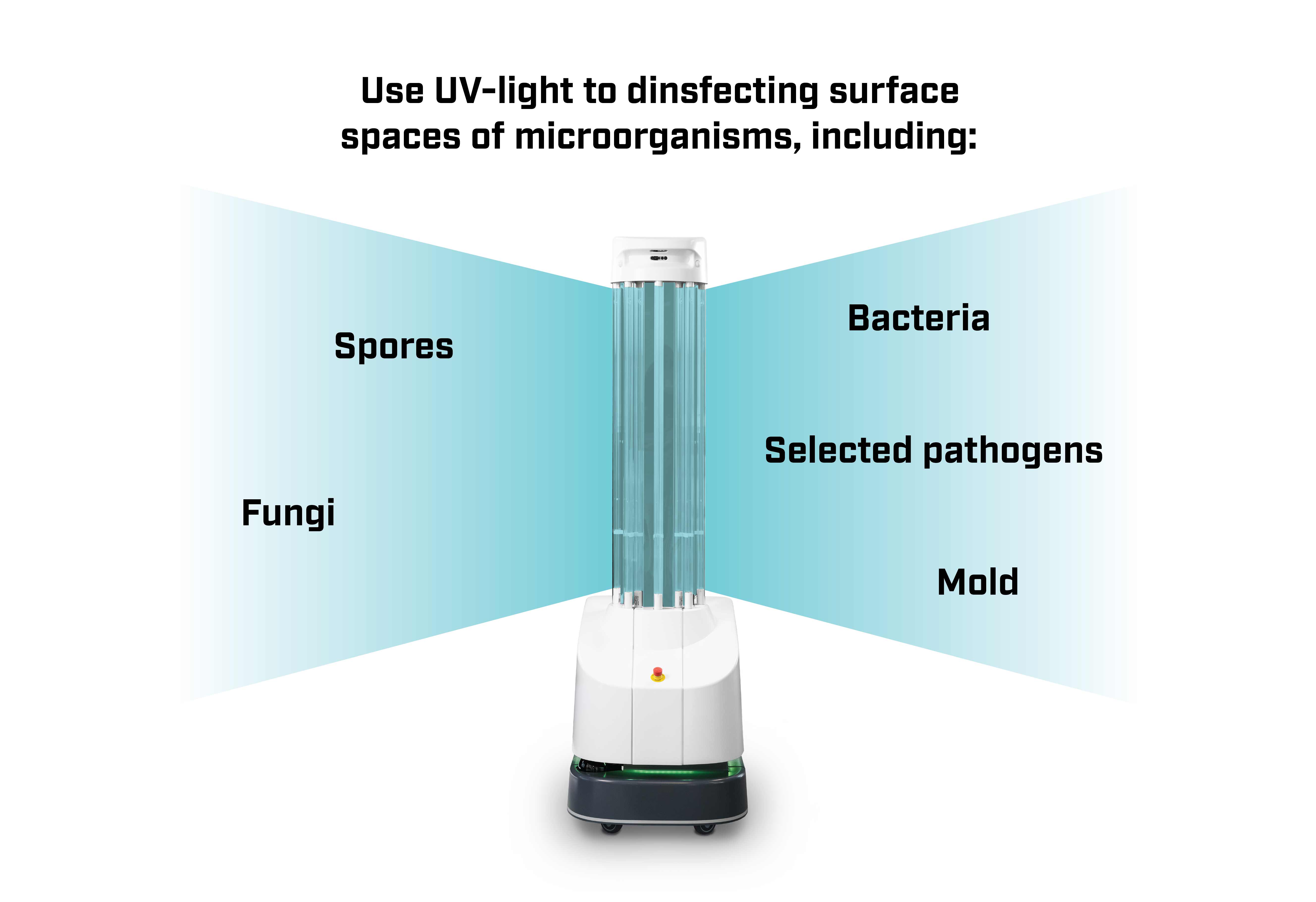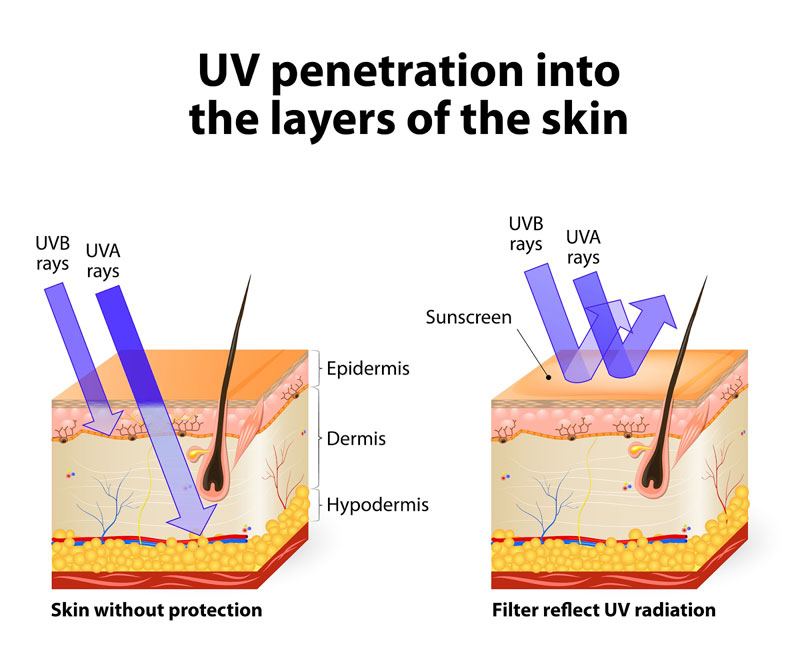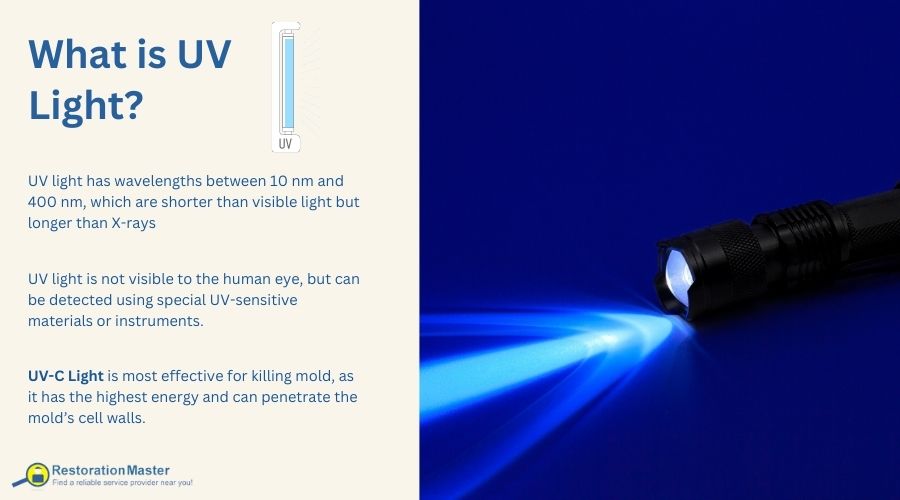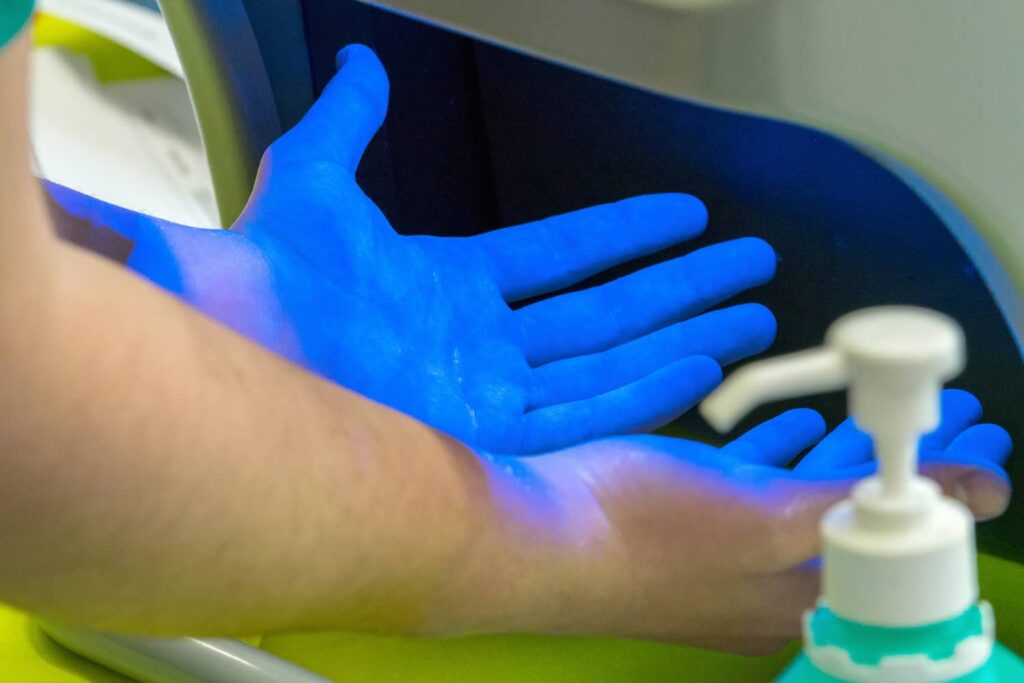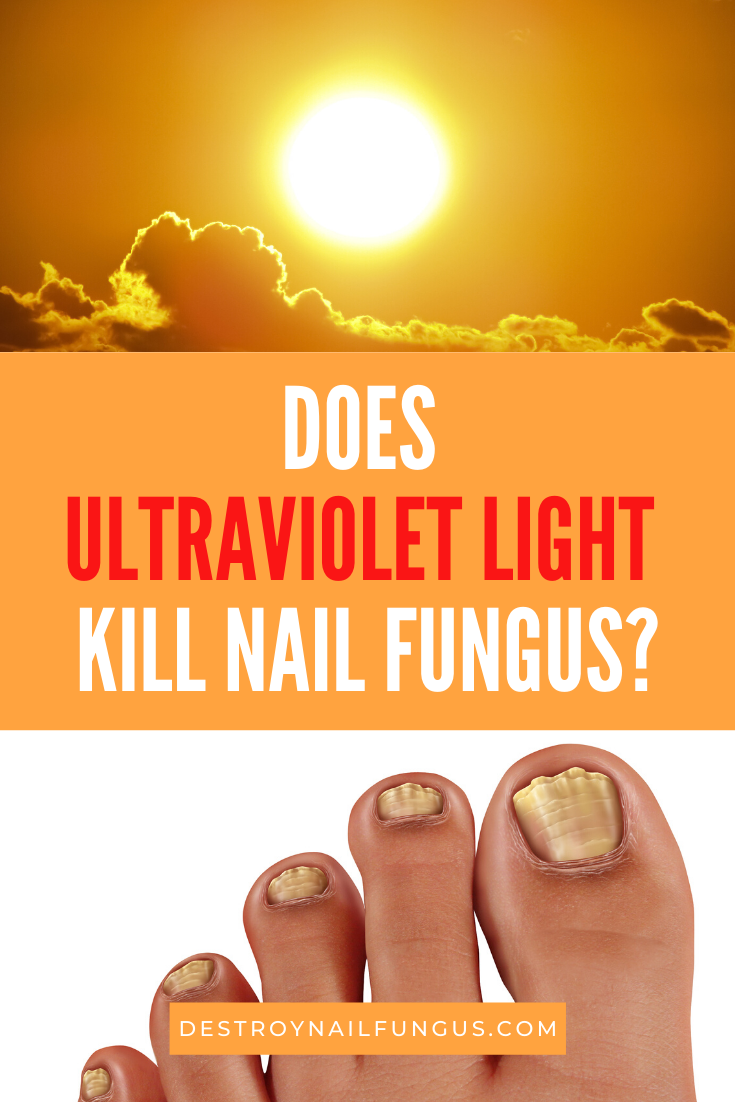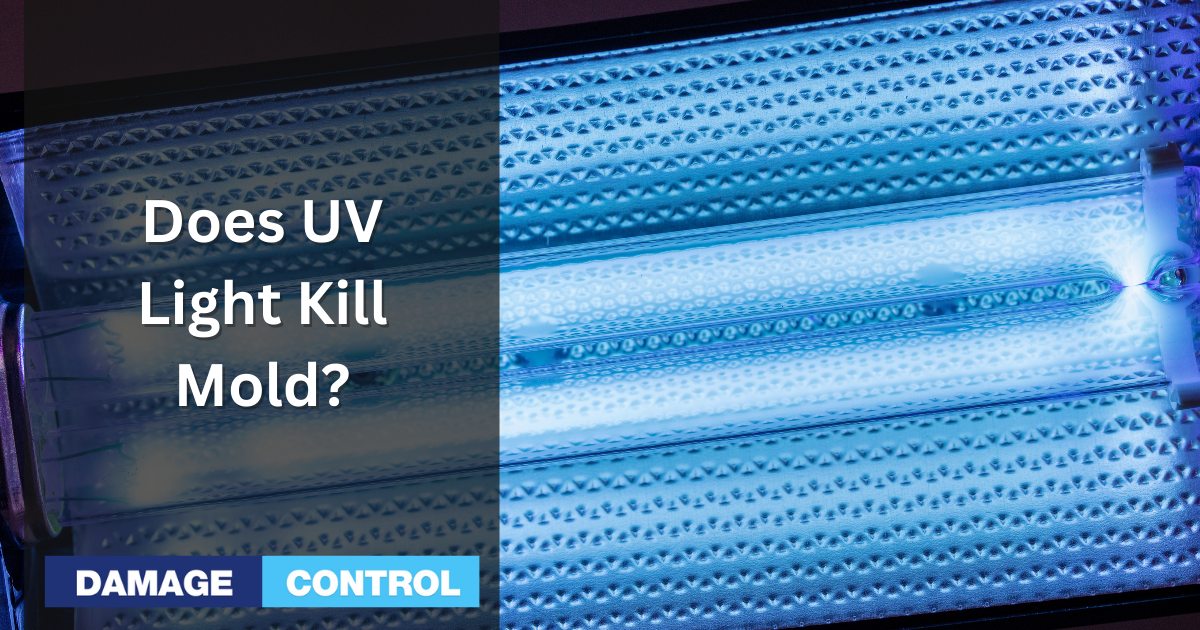Does Uv Light Kill Fungus On Skin

The persistent itch, the unsightly discoloration, the creeping discomfort – fungal infections of the skin are a widespread nuisance, affecting millions globally. In the quest for effective treatments, many are turning to unconventional methods, including ultraviolet (UV) light. But does this readily available technology truly offer a solution, or is it just another false promise?
This article delves into the science behind UV light and its potential impact on skin fungus, examining the evidence from reputable sources to determine its efficacy and safety. We will explore the different types of UV light, the mechanisms by which they might affect fungal cells, and the potential risks associated with their use on human skin. Ultimately, we aim to provide a balanced and informed perspective on whether UV light can be considered a viable treatment for fungal skin infections.
Understanding Fungal Skin Infections
Fungal skin infections, also known as dermatophytoses or tinea, are caused by various types of fungi that thrive on the dead tissues of the skin, hair, and nails. These infections are highly contagious and can spread through direct contact with infected individuals, animals, or contaminated surfaces. Common examples include athlete's foot (tinea pedis), ringworm (tinea corporis), and jock itch (tinea cruris).
Symptoms typically include itching, scaling, redness, and sometimes blistering. Diagnosis is usually made through visual examination and, in some cases, laboratory testing such as a skin scraping or fungal culture. Traditional treatments involve topical or oral antifungal medications, which work by inhibiting fungal growth or destroying fungal cells.
The Science of UV Light
UV light is a form of electromagnetic radiation that is invisible to the human eye. It is divided into three main categories based on wavelength: UVA, UVB, and UVC. UVA light has the longest wavelength and penetrates deep into the skin, contributing to tanning and premature aging. UVB light has a shorter wavelength and is responsible for sunburns and an increased risk of skin cancer.
UVC light, with the shortest wavelength, is the most energetic and potentially harmful. Fortunately, most UVC radiation is absorbed by the Earth's atmosphere. However, artificial sources of UVC light are used for disinfection purposes, including killing bacteria and viruses. The germicidal effect of UV light, particularly UVC, is based on its ability to damage the DNA and RNA of microorganisms, preventing them from replicating.
UV Light and Fungi: A Complex Relationship
The ability of UV light to kill microorganisms has sparked interest in its potential use against fungal infections. In vitro studies, conducted in laboratory settings, have shown that UV light can indeed inhibit fungal growth and even kill fungal cells. Specifically, UVC light has demonstrated strong antifungal activity in these studies.
However, the application of these findings to real-world scenarios is complex. The effectiveness of UV light against fungi on human skin is influenced by several factors, including the type of UV light used, the intensity and duration of exposure, the type of fungus causing the infection, and the location and severity of the infection.
Evidence and Research Findings
While laboratory studies suggest potential, clinical trials examining the use of UV light for treating fungal skin infections in humans are limited. Some studies have explored the use of UVA and UVB phototherapy, often in combination with other treatments, for conditions like nail fungus (onychomycosis). The results of these studies have been mixed, with some showing modest improvements and others finding no significant benefit.
The use of UVC light for treating skin infections is even less well-studied, primarily due to safety concerns. While UVC is effective at killing microorganisms, it is also highly damaging to human skin. Prolonged or excessive exposure can cause severe burns, skin cancer, and other health problems.
Expert Opinions and Recommendations
Dermatologists generally advise against using UV light, especially UVC, as a primary treatment for fungal skin infections. The American Academy of Dermatology emphasizes the importance of consulting with a qualified dermatologist for diagnosis and treatment of skin conditions. Self-treating with UV light devices is strongly discouraged due to the potential for harm.
According to Dr. Emily Carter, a board-certified dermatologist, "While UV light can kill fungi in a lab setting, the risks associated with its use on human skin far outweigh the potential benefits. There are safer and more effective antifungal medications available." She further warns against the use of home UV light devices, which may not be properly calibrated and could deliver dangerously high doses of radiation.
Risks and Side Effects
The primary risks associated with UV light exposure include: skin burns, premature aging, increased risk of skin cancer (melanoma, squamous cell carcinoma, and basal cell carcinoma). Eye damage, including cataracts and photokeratitis (sunburn of the cornea), is also a significant concern.
Furthermore, UV light can suppress the immune system, potentially making the skin more susceptible to infections. In the context of fungal infections, this could paradoxically worsen the condition or increase the risk of secondary infections. The World Health Organization (WHO) has classified UV radiation as a known human carcinogen.
Alternative and Established Treatments
Effective treatments for fungal skin infections are readily available and generally safer than UV light therapy. Topical antifungal creams, lotions, and sprays are often the first-line treatment for mild to moderate infections. These medications contain ingredients like azoles (e.g., clotrimazole, miconazole) or allylamines (e.g., terbinafine) that inhibit fungal growth.
For more severe or widespread infections, oral antifungal medications may be necessary. These medications, such as fluconazole or itraconazole, are taken by mouth and work systemically to eradicate the fungus. In addition to medications, good hygiene practices, such as keeping the skin clean and dry, can help prevent and manage fungal infections.
The Future of UV Light in Dermatology
While UVC is deemed unsafe as a primary therapy, ongoing research explores whether targeted and controlled UV exposure, perhaps in conjunction with other treatments, could play a limited role in specific dermatological conditions. New technologies are being developed to deliver precise doses of UV light to targeted areas of the skin, minimizing the risk of damage to surrounding tissues.
However, further research is needed to determine the safety and efficacy of these approaches. For now, the focus remains on established antifungal medications and preventive measures. Ultimately, consulting a dermatologist for proper diagnosis and treatment remains the safest and most effective approach for managing fungal skin infections.

